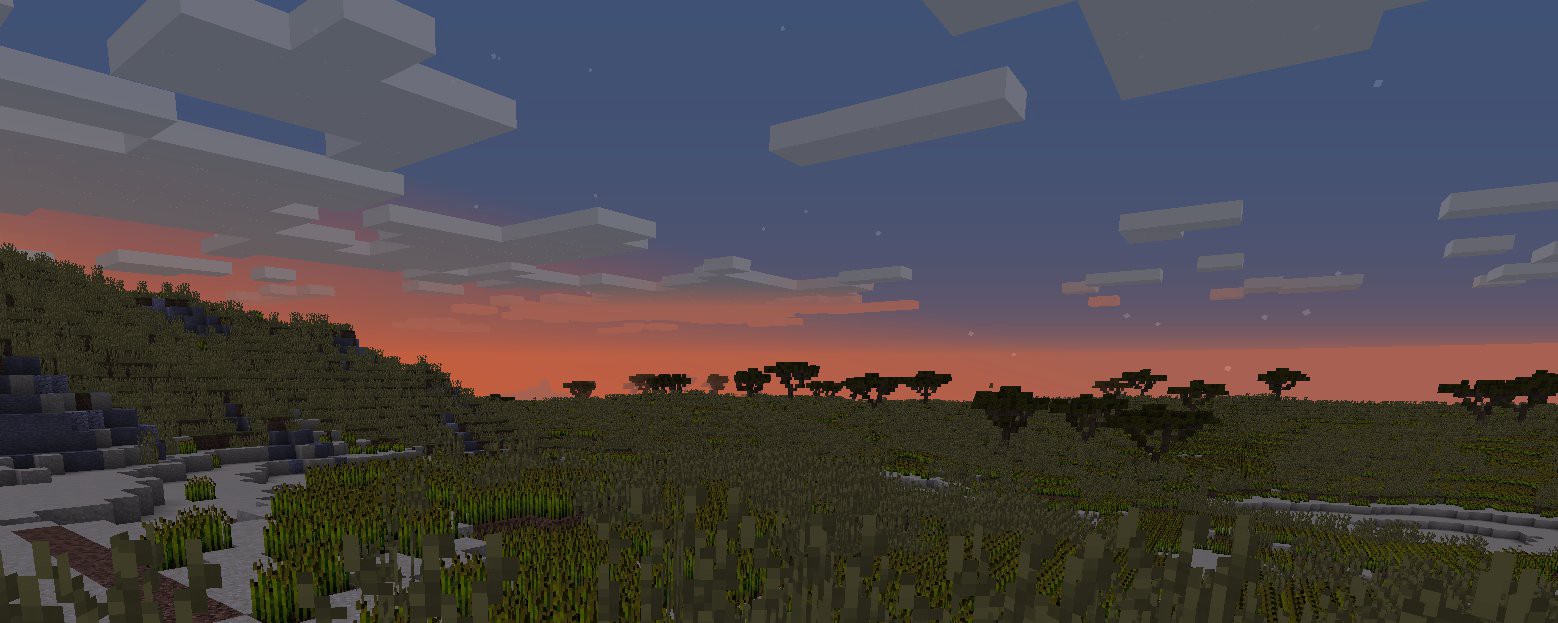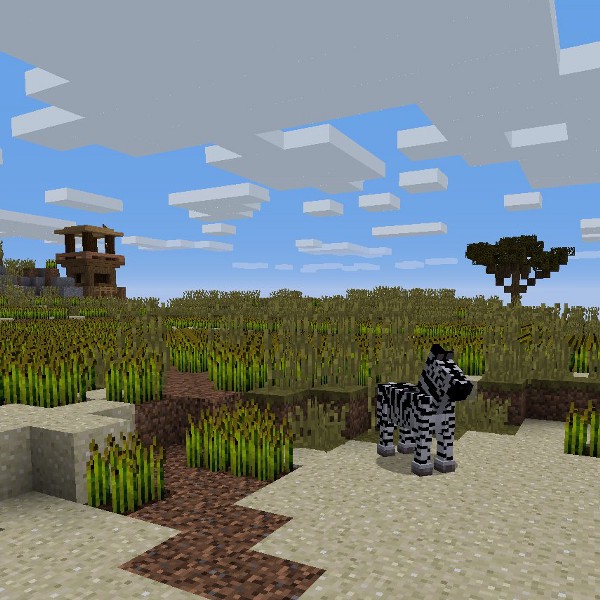

While the sun sets across the Serengeti, an elephant wanders past an acacia tree. Nearby, a group of poachers sit in their camp and count the horns they’ve collected that day. A ring of vultures circles overhead.

This isn’t real life, however. This is the blocky world of Minecraft, which a group of conservation charities is using to show kids and teenagers the threats facing wild animals in Africa. The group has launched a campaign called “We are the Rangers,” which lets players roam a digital recreation of the savannah, fighting poaches and recovering stolen ivory.
United for Wildlife put out a call for Minecraft players to help build the project, and more than 100 responded. Their contributions include reworking some of the game’s default animals into more African variants (horses became zebras, cows became water buffalos, and so on), as well as designing the structures that players can explore.

The result is a huge map, dotted with challenges to tackle and quests to complete. The centerpiece is a vast recreation of Mount Kilimanjaro, which has been modified to include a secret laboratory in its depths. While roaming around the map, players get to learn about the animal species that they’re working to save. That includes elephants, pangolins, rhinos, lions, and more.
If you’d like to play yourself, or with your kids, you can find the map for download at wearetherangers.com. For installation instructions, click here. Alternatively, if you prefer, watch Minecraft celebrity Stampy playing through the map with some friends and get a taste of what’s in store for you.
Corrected 26 October 2015: A previous version of this article credited the Zoological Society of London with this project. It’s actually the work of a group of conservation organizations that includes ZSL. Thanks to ade for spotting the error.


How We Get To Next was a magazine that explored the future of science, technology, and culture from 2014 to 2019. This article is part of our Robots vs Animals section, which examines human attempts to build machines better than nature’s. Click the logo to read more.
